The Olympic Games have long been celebrated as the pinnacle of athletic achievement, showcasing the world's most elite competitors in a dazzling array of sports. Yet, for many spectators, the events remain distant spectacles—beautiful to watch but difficult to imagine participating in. The concept of adapting Olympic sports for mass participation is gaining traction, bridging the gap between elite competition and everyday fitness. This movement isn’t just about making sports more accessible; it’s about reimagining how the spirit of the Olympics can inspire healthier, more active communities worldwide.
At the heart of this adaptation lies the challenge of simplification without dilution. Olympic sports are often highly technical, requiring specialized equipment, rigorous training, and innate physical prowess. Take gymnastics, for example. The feats performed on the uneven bars or the pommel horse are breathtaking, but they’re also far removed from what the average person can attempt. However, by breaking down these disciplines into foundational movements—like basic tumbling or balance exercises—the essence of gymnastics can be brought into local gyms and school programs. This approach not only demystifies the sport but also makes it inclusive for all ages and skill levels.
Another critical aspect is equipment modification. Many Olympic sports rely on expensive or hard-to-find gear, which can be a significant barrier to entry. Fencing, for instance, requires protective suits, masks, and foils, making it inaccessible to most. But by introducing foam-based swords and lightweight protective gear, the sport can be adapted for recreational play. Schools and community centers can then incorporate these safer, cheaper versions into their activities, allowing children and adults alike to experience the thrill of dueling without the prohibitive costs.
The role of technology in this transformation cannot be overstated. Wearable fitness trackers and mobile apps have already revolutionized how people engage with exercise, and they can play a similar role in popularizing Olympic sports. Imagine an app that teaches the basics of archery through augmented reality, or a virtual rowing coach that provides real-time feedback on technique. These innovations can make complex sports feel approachable, turning solitary practice into an interactive and engaging experience. The goal isn’t to replace traditional training but to create on-ramps that encourage broader participation.
Community engagement is equally vital. Local clubs and organizations often serve as the entry point for new participants, yet many struggle to attract diverse demographics. By partnering with Olympic athletes or organizing grassroots events, these groups can leverage the prestige of the Games to draw in curious beginners. A neighborhood "mini-Olympics" event, for example, could feature adapted versions of track and field, swimming, and even lesser-known sports like handball. Such initiatives not only foster a sense of camaraderie but also highlight the fun and social aspects of these activities, which are sometimes overshadowed by their competitive nature.
Of course, safety remains a paramount concern. Many Olympic sports carry inherent risks, particularly when modified for untrained participants. Wrestling, for instance, involves intense physical contact, while weightlifting poses injury risks if performed incorrectly. To mitigate these dangers, certified instructors and structured progressions must be integral to any adaptation effort. Simplified rules and supervised environments can ensure that participants enjoy the sports without compromising their well-being. After all, the objective is to promote lifelong fitness, not short-lived thrills.
The cultural impact of this movement extends beyond physical health. By making Olympic sports more relatable, we also reshape perceptions of athleticism and achievement. A child who tries adapted judo might not become a gold medalist, but they could develop confidence, discipline, and a love for movement. Similarly, adults rediscovering sports like volleyball or cycling might find new passions that keep them active for decades. In this way, the Olympics’ legacy isn’t just measured in medals but in the countless lives touched by its sports.
Ultimately, the push to adapt Olympic sports for mass participation is about democratizing excellence. It’s a recognition that the values of the Games—perseverance, teamwork, and joy in movement—are universal, not reserved for the elite few. From modified equipment to community-driven events, each innovation brings us closer to a world where the Olympic motto, "Faster, Higher, Stronger," isn’t just a challenge for athletes but an invitation to everyone.
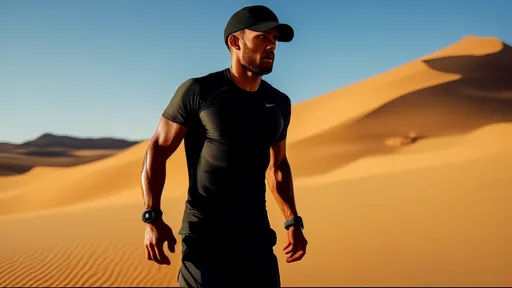
By /Jul 10, 2025

By /Jul 10, 2025

By /Jul 10, 2025

By /Jul 10, 2025

By /Jul 10, 2025
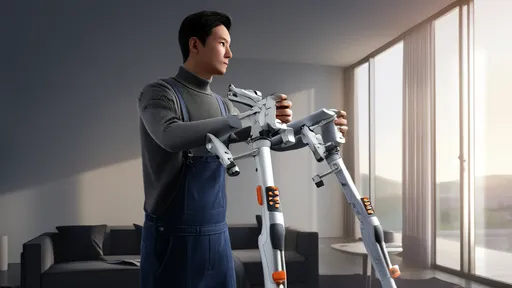
By /Jul 10, 2025
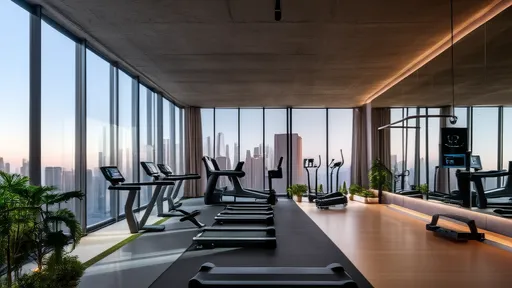
By /Jul 10, 2025

By /Jul 10, 2025

By /Jul 10, 2025
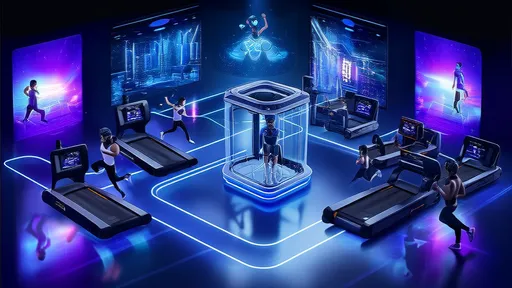
By /Jul 10, 2025

By /Jul 10, 2025
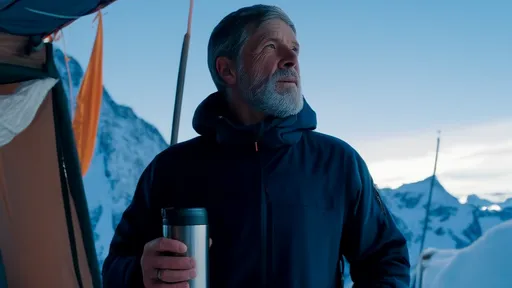
By /Jul 10, 2025

By /Jul 10, 2025
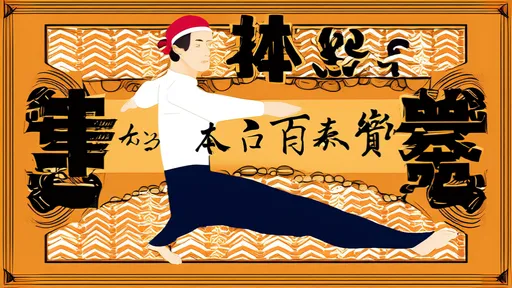
By /Jul 10, 2025

By /Jul 10, 2025
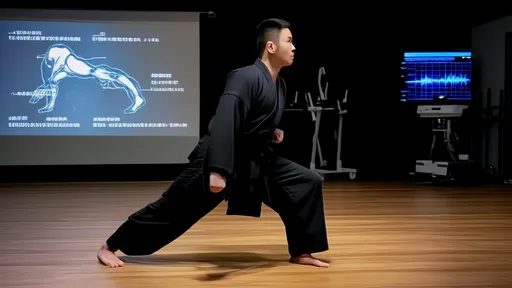
By /Jul 10, 2025
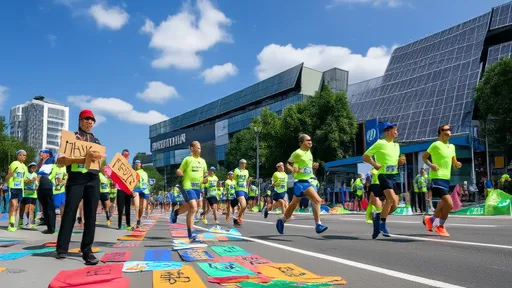
By /Jul 10, 2025
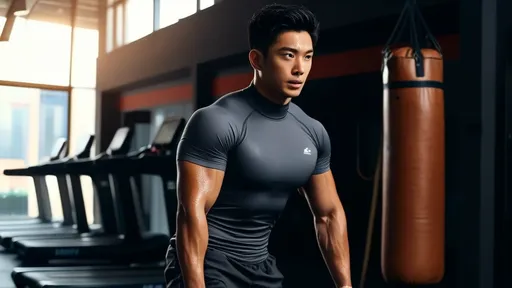
By /Jul 10, 2025